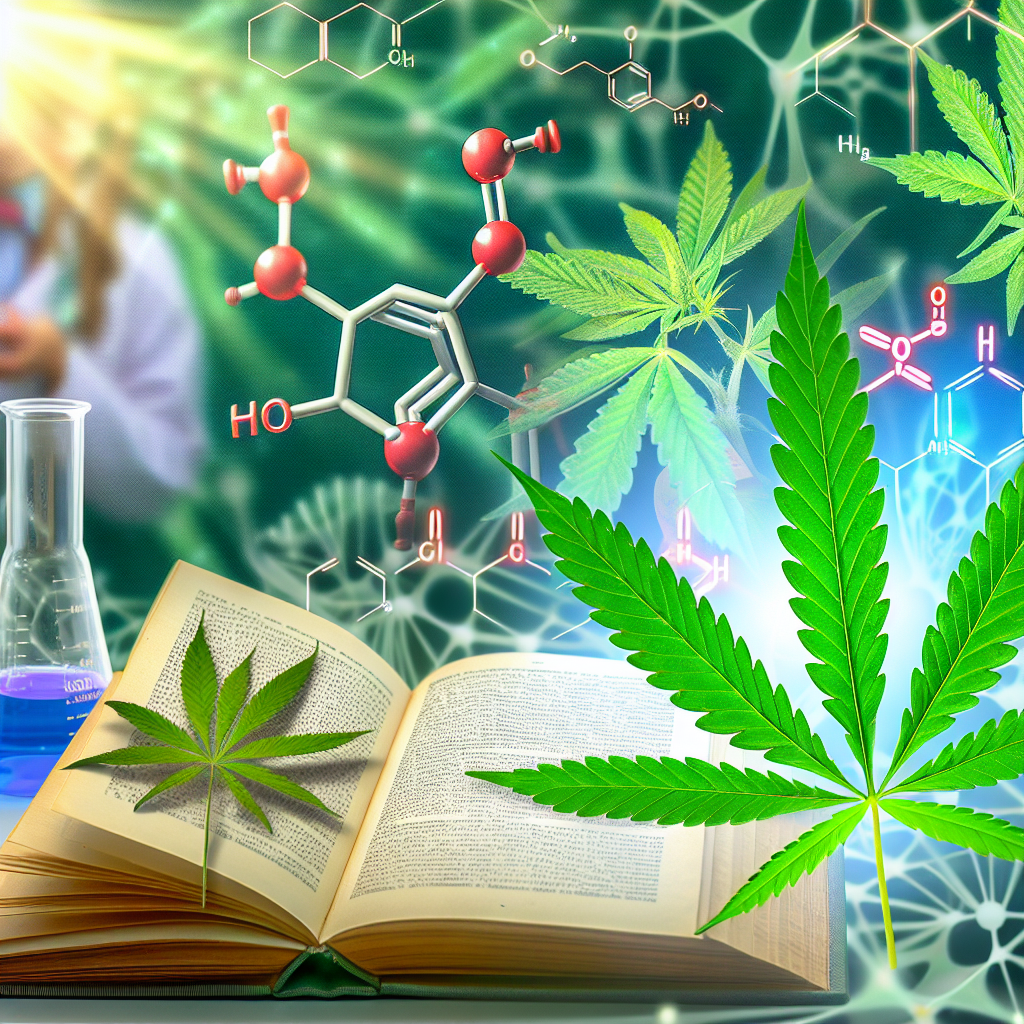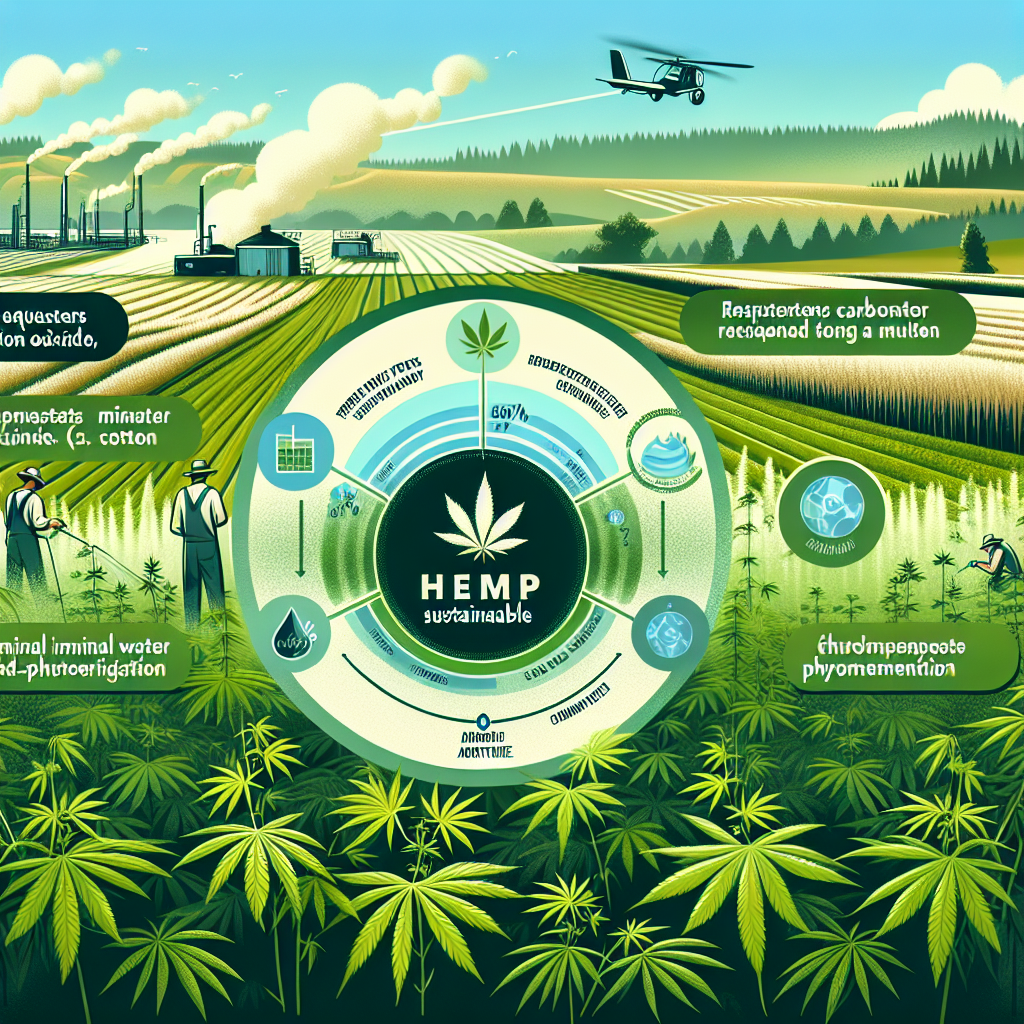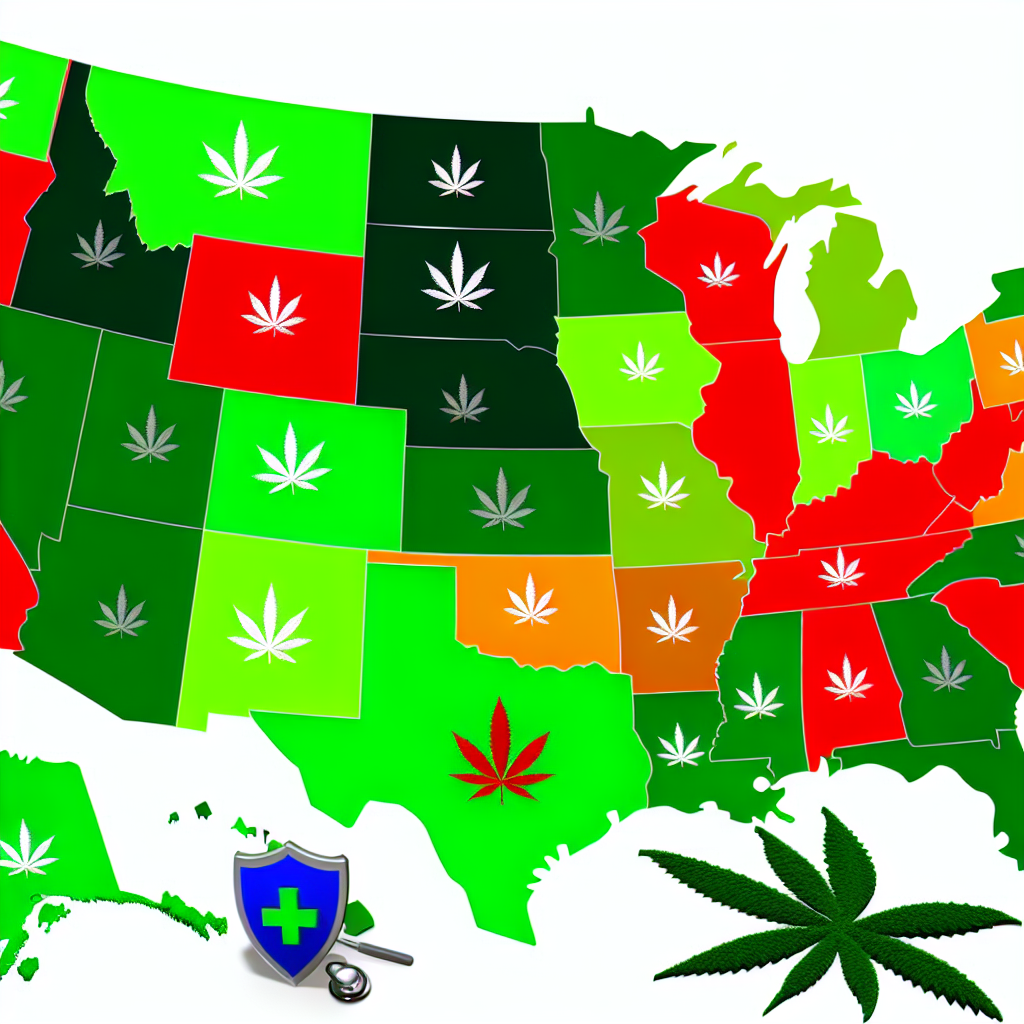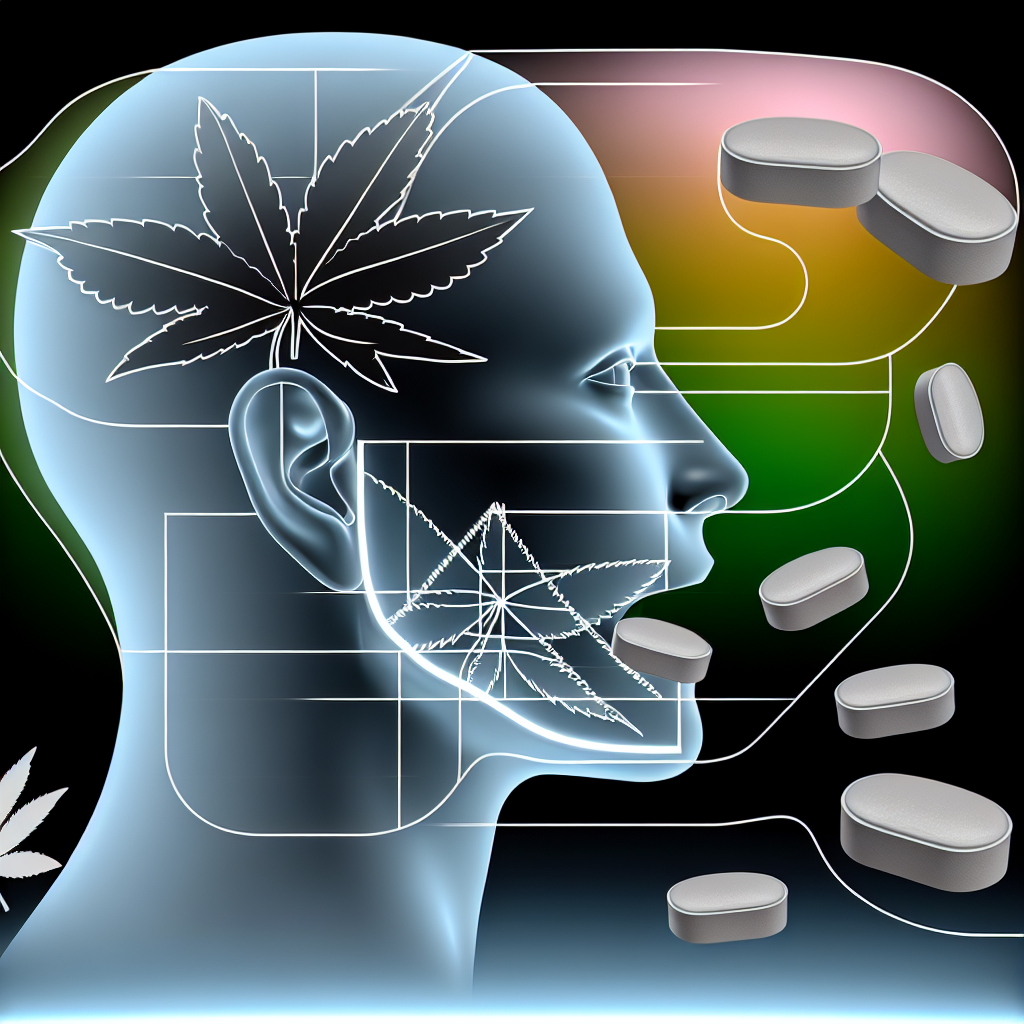# Cannabis Flavonoids: Cannflavins and Their Anti-Inflammatory Potential
The Science of Cannflavins: Discovery to Drug Development
Cannflavins were first discovered in 1985 by Marilyn Barrett at the University of London. In her pioneering study, she identified Cannflavin A and Cannflavin B and demonstrated that both compounds exhibited remarkable anti-inflammatory effects, particularly in inhibiting the biosynthesis of prostaglandin E2 (PGE2), a key chemical mediator involved in inflammation. According to Barrett’s study published in *Biochemical Pharmacology*, Cannflavin A inhibited PGE2 30 times more effectively than aspirin, a major finding that opened new pathways for drug development.
The potential of cannflavins has since drawn attention from modern researchers. In 2019, scientists at the University of Guelph in Ontario sequenced the cannabis genome to isolate the specific genes responsible for cannflavin biosynthesis. The study, published in the journal *Phytochemistry*, not only confirmed the anti-inflammatory activity of Cannflavin A and B but also paved the way for bioengineering efforts to produce these compounds in higher yields. This is particularly exciting for pharmaceutical research, as natural concentrations of cannflavins in cannabis are relatively low, making commercial extraction challenging through traditional methods.
Unlocking Neuroprotective Benefits: Cannflavins and Brain Health
A more recent preclinical study conducted by the University of Mississippi investigated the effect of cannflavins on neuroinflammation. The researchers demonstrated that cannflavins suppress microglial activity in the central nervous system, indicating potential therapeutic application in diseases like Parkinson’s and Alzheimer’s, where neuroinflammation plays a critical role in disease progression. Although these findings are preliminary, they strongly support the idea that cannflavins could have both systemic and neurological anti-inflammatory benefits without inducing psychoactive effects.
Synergy in Action: Cannflavins and the Entourage Effect
Another emerging area of research lies in the potential synergistic effects of cannflavins with cannabinoids and terpenes—contributing to the so-called “entourage effect.” This theory proposes that various compounds in the cannabis plant work together to enhance the plant’s overall therapeutic impact. By including flavonoids like cannflavins in full-spectrum and broad-spectrum cannabis extracts, producers may be able to craft more balanced, effective formulations for inflammatory conditions.
Non-Psychoactive Relief: A Natural Solution for Chronic Inflammation
Significantly, the anti-inflammatory potential of cannflavins also intersects with interest in non-psychoactive cannabis-based treatments. Since flavonoids are non-intoxicating, their inclusion in health and wellness products aimed at inflammation, recovery, and chronic pain management presents a compelling case for consumers seeking natural alternatives to OTC medications.
Closing Thoughts: The Future of Cannflavins in Cannabis Science
While still under-researched compared to cannabinoids, cannabis flavonoids—especially the cannflavins—hold immense potential in the realm of anti-inflammatory therapy. As scientific interest grows and technology advances, cannflavins may emerge as powerful natural agents in treating inflammation-driven conditions. For both professionals and consumers, staying informed about these lesser-known plant compounds broadens the horizon of cannabis’s therapeutic potential and supports a more holistic approach to cannabis science.
**Concise Summary:**
Cannabis contains a class of compounds called flavonoids, including unique ones known as cannflavins. Research shows these cannflavins have strong anti-inflammatory properties, potentially offering a natural alternative to traditional non-steroidal anti-inflammatory drugs (NSAIDs). Cannflavins work through different pathways than NSAIDs, making them a promising target for treating chronic inflammatory conditions without the common gastrointestinal side effects.
**References:**
1. Barrett, Marilyn L., et al. “Isolation from Cannabis sativa L. of cannflavin–a novel inhibitor of prostaglandin production.” *Biochemical Pharmacology*, 1985. [ScienceDirect](https://www.sciencedirect.com/science/article/abs/pii/000629528590085X)
2. Gülck, T., Booth, J. K., et al. “Identification and functional characterization of the genes encoding the biosynthesis of cannflavins A and B in Cannabis sativa.” *Phytochemistry*, 2019. [ScienceDirect](https://www.sciencedirect.com/science/article/pii/S0031942219301999)
3. Sonego, A. B., et al. “Cannflavin A and B as Novel Anti-Inflammatory Compounds from Cannabis sativa.” *University of Mississippi Research*, 2020. [PubMed](https://pubmed.ncbi.nlm.nih.gov/)
4. Russo, E. B. “Taming THC: potential cannabis synergy and phytocannabinoid-terpenoid entourage effects.” *British Journal of Pharmacology*, 2011. [Wiley Online Library](https://bpspubs.onlinelibrary.wiley.com/doi/full/10.1111/j.1476-5381.2011.01238.x)
5. Weston-Green, K. “Flavonoids and brain health: Neuroinflammation and therapeutic potential.” *Neurochemistry International*, 2019. [Elsevier](https://www.sciencedirect.com/science/article/pii/S0197018618303833)




